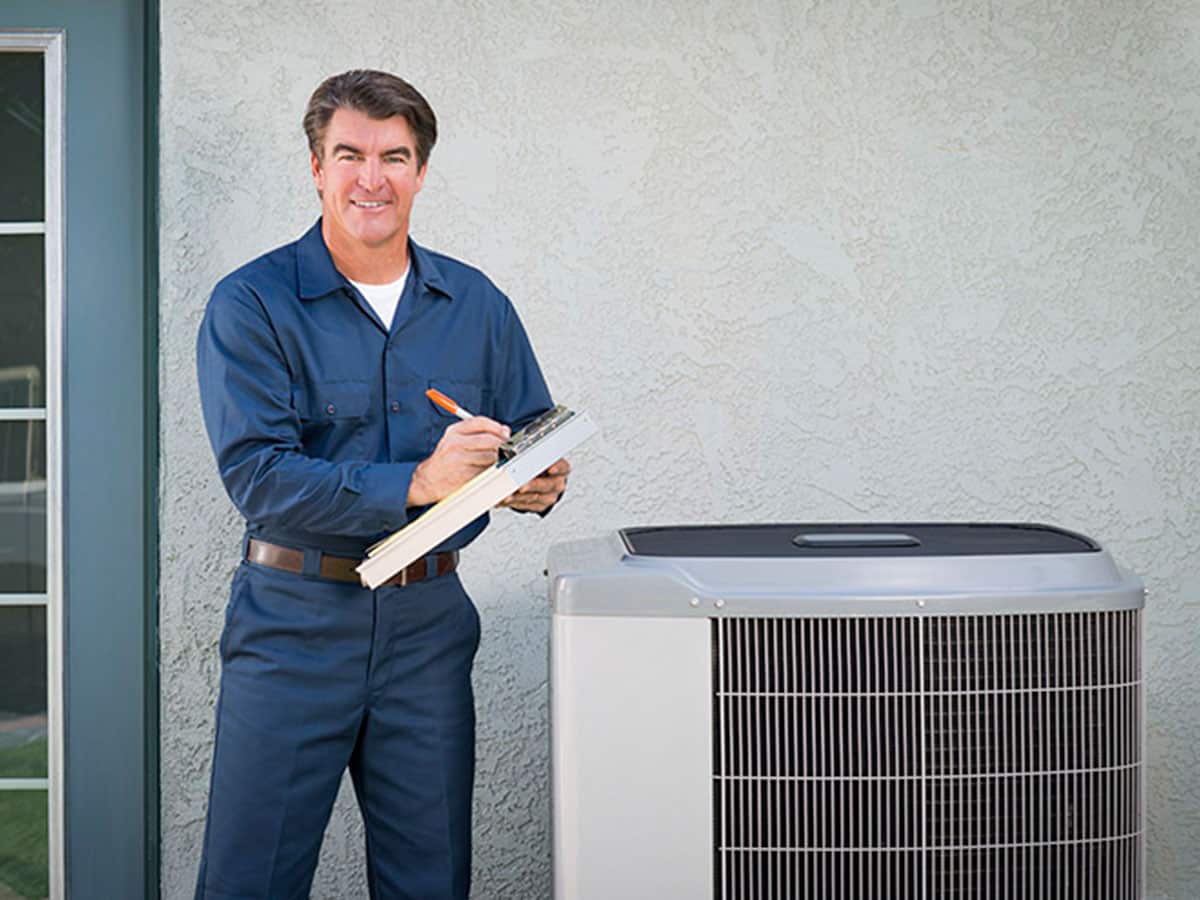
Most homeowners know little about the refrigerant running through their air conditioners. And there’s not much you need to know! After all, only an EPA-certified technician is qualified to handle refrigerant, and only a licensed company should repair your air conditioner when you need major work.
However, there are a couple of things we think homeowners should know about this chemical blend, particularly if they have older AC systems. First of all, your refrigerant should not leak from the AC system. If you’re low on refrigerant, something is wrong, and the line should be sealed! Second, and the focus of today’s guide: if your AC system uses older R-22 refrigerant, it’s vital that you make an upgrade ASAP.
What Is R-22 Refrigerant?
As air conditioning came to widespread use throughout the country, R-22 was the type of refrigerant used most commonly in refrigeration. This was the case up until a couple of decades ago, in fact. Like all refrigerants, R-22 was chosen for the job because of its ability to easily absorb and release heat under the right temperature and pressure. This heat exchange process is what cools the air in the first place.
While electricity is the fuel source for your air conditioner, refrigerant is vital to the cooling process. There are several types of refrigerants, but R-22 was found to be a low-cost means of producing the high-volume of chemical that would be needed for homes everywhere. That is, at least, until the Montreal Protocol.
The Clean Air Act and the Phaseout of HCFCs
The Montreal Protocol was an international treaty ratified by 197 countries. While it has undergone revisions over the years, the Protocol was made to reduce and eliminate substances that deplete the ozone layer and harm the environment in major ways. Since R-22 refrigerant is a hydrochlorofluorocarbon (HCFC), something known to deplete the ozone layer, it is listed as a substance that will be phased out completely over the next several years.
In the U.S., the Clean Air Act establishes that all HCFCs will be out of production by 2020. R-22 refrigerant will be tough to come by, will become more costly, and will eventually become completely unavailable.
What This Means for Your Air Conditioner
Replacing your air conditioner with one that uses R-410A, or another modern non-ozone depleting refrigerant, is the best choice for your home. It may not seem dire right now, but it’s not worth it to wait until your air conditioner breaks down completely and replacing the system becomes urgent.
When you replace your air conditioner now, a technician can recycle that refrigerant in the most environmentally friendly way. Furthermore, you won’t have to worry about refrigerant leaks costing you an arm and a leg in the near future.
Besides, if you have an older air conditioner that uses R-22 refrigerant, it’s probably not working as well as you’d like. Chances are high that you make frequent repairs and pay high bills for your AC. It’s time for a high-efficiency AC upgrade!
4 Reasons to Schedule Furnace Maintenance in the Early Fall » « 3 Benefits of Home Automation






